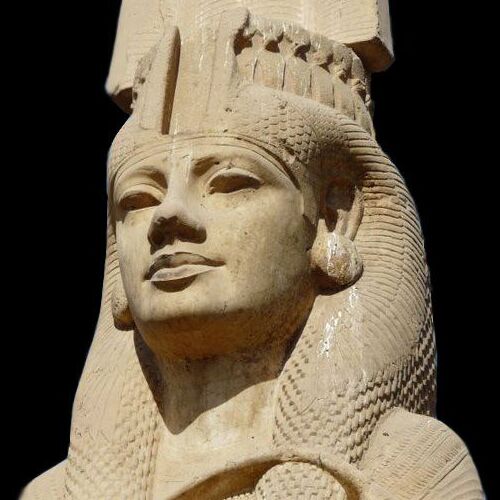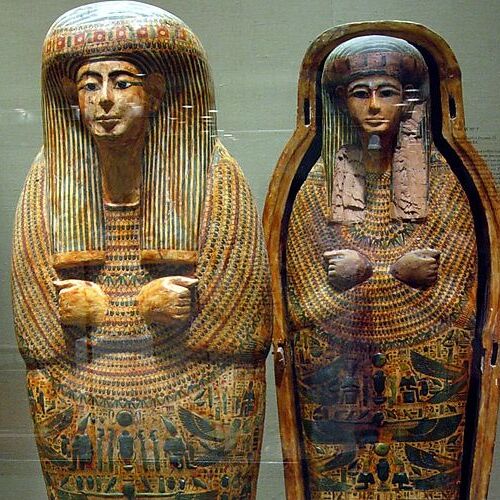No other nation in the world says ‘Welcome’ as often as the Egyptians, and every time, they mean it. While the ancient civilization of Egypt continues to amaze, contemporary Egyptians are equally remarkable.
Unveiled Experiences
Also known as the Codex of Akhmim, stands as a remarkable testament to the rich religious and cultural tapestry of ancient Egypt. This 5th-century Coptic manuscript, unearthed in Akhmim and officially designated as Papyrus Berolinensis 8502, was discovered in January 1896 by Carl Reinhardt. The codex, intriguingly concealed in feathers within a niche in the wall of a Christian burial site in Cairo, offers a fascinating glimpse into early Christian and Gnostic thought.
Originating from either the late 4th or early 5th century, this papyrus-bound tome is written in the Sahidic dialect of Coptic, a language widely prevalent in Egypt during that period. On July 16, 1896, it was brought to the Berliner Museen in Berlin. Here, Carl Schmidt brought it to the attention of the Royal Prussian Academy of Sciences.
The Berlin Codex, noteworthy for its unique composition, is a single-quire codex. It is bound with wooden boards and enveloped in a covering that is neither parchment, alum-tawed skin, nor conventional brown leather, adding to its historical intrigue.
Within this codex, four texts, all Coptic translations of Greek originals, are bound together. The first and perhaps the most notable is a fragmented Gospel of Mary. This significant text, which was the primary manuscript source, suggests an earlier Greek origin subsequently translated into Coptic. Although the existing pages are well-preserved, the text is incomplete, evidenced by the loss of pages 1–6 and 11-14, assuming the codex originally commenced with the Gospel of Mary.
Also included in the codex are the Sophia of Jesus Christ, the Apocryphon of John, and a prototype of the Act of Peter. These texts, discussed in tandem with earlier texts from Nag Hammadi, have captivated scholars, particularly since the 1970s when a renewed interest in early Christian Gnostic documents emerged, following the discovery of the Nag Hammadi library in 1945.
The Berlin Codex remains a vital piece in understanding early Christian literature, offering a window into the spiritual and intellectual landscape of the time. Its contents, once veiled in obscurity, now shine a light on the complexities and diversities of early Christian thought
Created On March 18, 2020
Updated On september 1, 2024
AKHMIM Travel Guide



